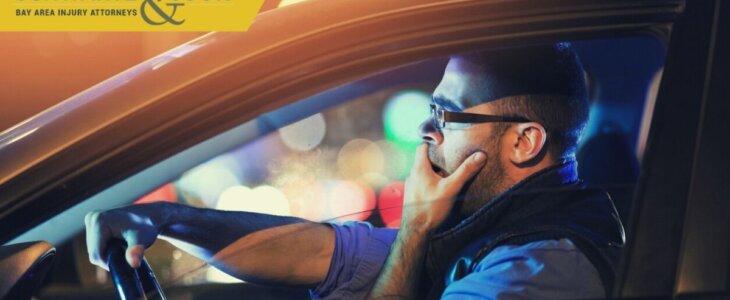If you are ever out for the evening and find that you are struggling to keep your eyes open, getting behind the wheel to drive home could be a huge mistake. But just how dangerous is drowsy and fatigued driving, and how does it compare to other kinds of impairment?
THE TRUTH ABOUT DROWSY DRIVING
Drowsy driving is impaired driving. According to the CDC, the mere act of being awake for an extended period of time is equivalent to drinking alcohol in terms of cognitive and reactive impairment.
One study found that people who are awake for 17-19 hours have similar reaction times as someone with 0.05% Blood Alchohol Content (BAC). To put that into context, that would be like someone who woke up at 7:00 a.m. driving home at 1:00 a.m. The driver’s senses would be dulled, and they are much more likely to cause a crash.
This effect becomes more pronounced the longer you are awake. Additional studies supported by the CDC found that being awake for longer than 24 hours is roughly equivalent to a 0.10% BAC (more than the legal limit). Despite this, many fatigued drivers get behind the wheel without realizing they are impaired at all.
GETTING HOME SAFELY
If you are ever struggling to keep your eyes open while out for the evening, it is probably wise to avoid driving until you get some rest. Staying with a friend or calling a rideshare to pick you up is a small price to pay compared to being in a serious wreck.
At the same time, identifying a drowsy driver on the road can be extremely difficult, especially since the signs are not as pronounced as they are when facing a drunk driver. If you are ever in a serious crash and suspect that driver fatigue is a factor, do not hesitate to call an experienced car accident attorney as soon as possible.
To schedule a free case consultation with an experienced Walnut Creek personal injury attorney from Casper, Meadows, Schwartz & Cook, please do not hesitate to give us a call at (925) 275-5592 or send us an email.

